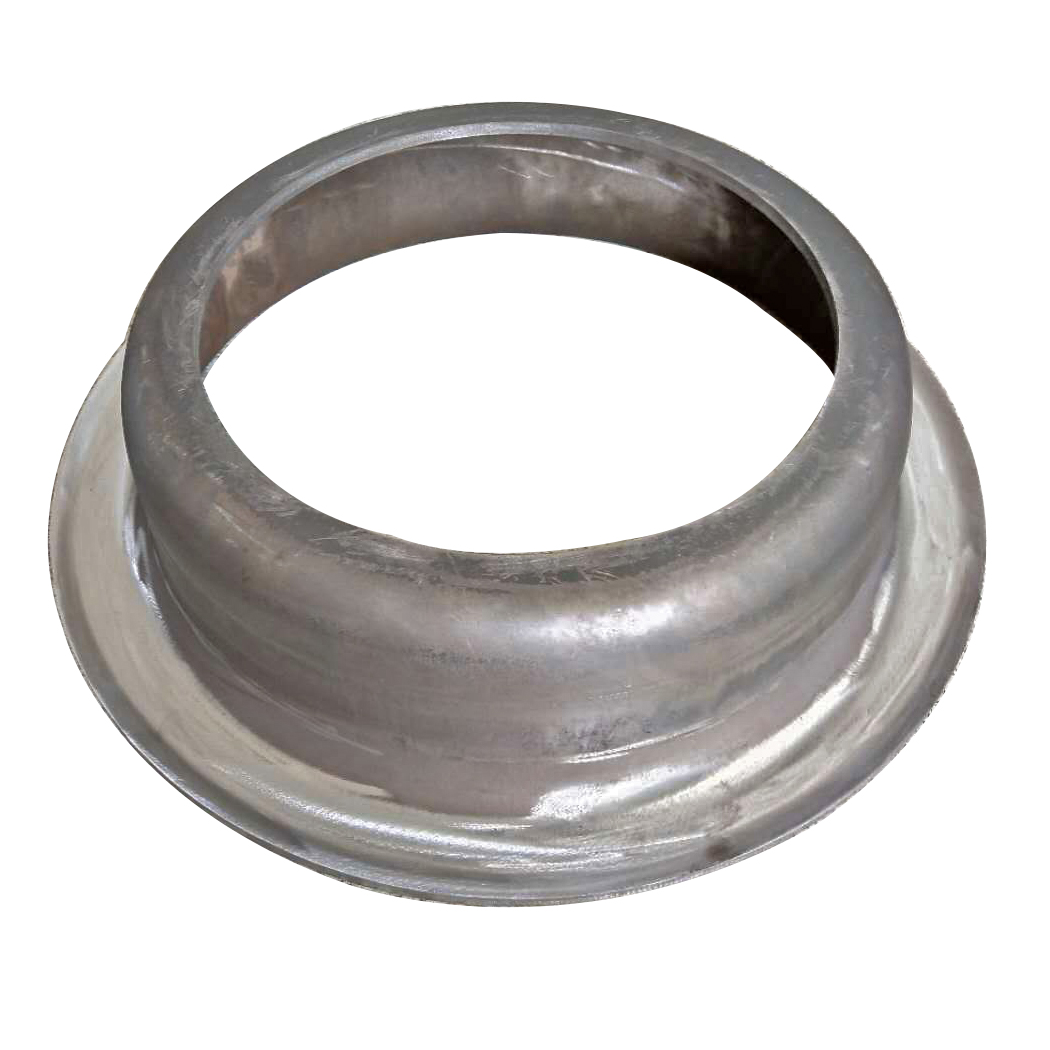снеж . 12, 2024 02:32 Back to list
cast iron drainage pipe
The Benefits and Uses of Cast Iron Drainage Pipes
Cast iron drainage pipes have been a staple in plumbing and drainage systems for centuries, lauded for their durability, strength, and ability to withstand various environmental conditions. As urbanization and industrialization continue to expand, the importance of effective drainage systems cannot be overstated. Cast iron pipes are particularly valuable in these contexts due to their unique properties and benefits.
One of the primary advantages of cast iron drainage pipes is their exceptional durability. Unlike plastic or other materials, cast iron is resistant to corrosion and can endure harsh environmental conditions. This makes it an ideal choice for drainage applications that are exposed to moisture, chemicals, and extreme temperatures. In addition, cast iron pipes have a long lifespan, often exceeding 50 years, which reduces the need for frequent replacements and repairs, ultimately leading to lower maintenance costs.
Another significant benefit of cast iron drainage pipes is their ability to handle high volumes of wastewater. Due to their strength and rigidity, these pipes can manage the pressure and stress from heavy loads and high-flow situations without risk of collapsing or bursting. This characteristic is particularly crucial in commercial and industrial settings where large volumes of water and waste are common. Cast iron pipes are also effective in reducing noise from wastewater flow, making them a preferred option for residential and urban areas where noise pollution is a concern.
Moreover, cast iron pipes possess excellent fire-resistant properties. In the event of a fire, these pipes do not emit harmful gases or melt, which can provide significant safety advantages in buildings and infrastructures. This makes them a recommended choice for construction projects that aim to meet stringent fire safety standards.
cast iron drainage pipe

In addition to their functional benefits, cast iron drainage pipes also contribute positively to environmental sustainability. Cast iron is a recyclable material, and the use of recycled cast iron for manufacturing pipes has been on the rise. This not only reduces the demand for virgin materials but also minimizes waste in landfills. Furthermore, the longevity of cast iron pipes ensures less frequent replacements, which translates to lower resource consumption over time.
When it comes to installation, while cast iron pipes may require specialized techniques and tools compared to plastic alternatives, their weight and robustness offer a sense of security for both installers and end-users. Properly installed cast iron drainage systems are reliable and require minimal adjustments over the years. It is essential, however, to ensure that installation is conducted by experienced professionals to mitigate issues such as improper alignment or inadequate sealing.
Despite these numerous advantages, it is important to consider that cast iron drainage pipes can be more expensive upfront than their plastic counterparts. However, when evaluating the total lifecycle cost, which includes maintenance, replacement, and efficiency, cast iron often proves to be the more economically viable option. Its durability means fewer repairs and replacements, which can offset initial costs over time.
In terms of application, cast iron drainage pipes are commonly used in various sectors, including residential, commercial, and industrial settings. They are typically utilized in sewage systems, stormwater management, and wastewater treatment facilities. In older cities, cast iron pipes also play a crucial role in maintaining historical plumbing systems that need to adhere to preservation standards while also addressing modern safety and efficiency requirements.
In conclusion, cast iron drainage pipes are a time-tested solution for effective wastewater management. Their structural integrity, durability, soundproofing qualities, and fire resistance make them particularly suited for a wide range of applications. While the initial investment may be higher, the long-term benefits, including reduced maintenance and increased recycling potential, make cast iron an attractive choice for anyone looking to invest in sustainable and reliable drainage solutions. As urban landscapes continue to grow, the need for efficient and durable drainage systems will remain paramount, and cast iron will likely play a significant role in meeting those demands.
-
Premium Cast Iron Water Main Pipe for Robust Infrastructure
NewsAug.27,2025
-
A-Rated Cast Aluminum Boilers: High-Efficiency Condensing Gas & LPG
NewsAug.26,2025
-
OEM Cast Silicon Aluminum Alloy Heat Exchanger | Custom & High Performance
NewsAug.25,2025
-
Centrifugally Cast Iron Water Main Pipe | Ductile Iron Solutions
NewsAug.24,2025
-
Durable Cast Steel Concrete Pipe Mold Bottom Rings & Base Trays
NewsAug.23,2025
-
Centrifugally Cast Iron Water Main Pipe for Reliable Mains
NewsAug.22,2025


